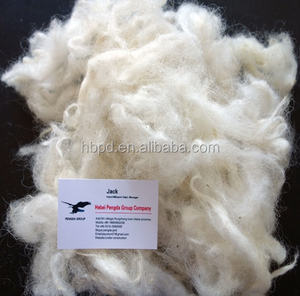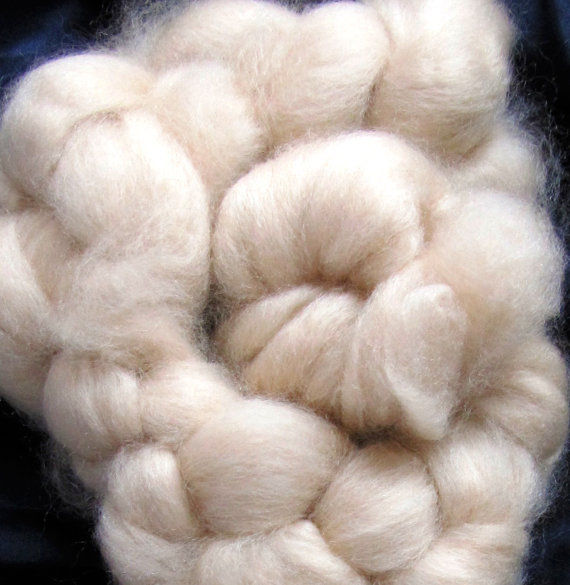Unveiling the Mysteries of cashmere and Its Classic Appeal in Fashion
Unveiling the Mysteries of cashmere and Its Classic Appeal in Fashion
Blog Article
Recognizing the Different Kinds Of Cashmere an All-natural Fiber and Their Special Benefits

The Beginnings of Cashmere: A Historical Introduction
While the elegant touch of cashmere continues to charm modern-day customers, its origins map back to the harsh, chilly environments of Mongolia and the Himalayas. For centuries, the native individuals of these regions have actually been elevating Capra Hircus goats, the prime source of cashmere woollen. These goats, resilient against the extreme winters, expanded a fine undercoat to survive, which later came to be referred to as cashmere. The name itself admires Kashmir, an area in India where the wool was at first processed. Much of the very early cashmere profession course was facilitated by the Silk Road, connecting Asia with the Center East and Europe. Despite its worldwide spread, the finest cashmere is still believed to stem from the initial areas of Mongolia and the Himalayas.

The Manufacturing Process: From Goat to Garment
Shearing a Capra Hircus goat marks the creation of the complex cashmere manufacturing process. The resultant raw cashmere is then washed to remove impurities such as veggie, dust, and grease matter.
The clean fiber is subjected to coloring, rotating, and weaving, or knitting, to change it right into a textile. Facility procedures like top quality control checks and ending up processes comply with, making certain completion item maintains the elegant standard expected of cashmere. This painstaking process, from goat to garment, justifies the high cost affixed to cashmere products, making them an icon of high-end and refinement.
The Various Types of Cashmere: An Extensive Analysis

The Distinct Advantages of Cashmere: Comfort and Sustainability
Moving from the selection of cashmere types to the benefits they offer, comfort and sustainability stand out prominently. Cashmere, a natural fiber, is renowned for its unmatched soft qualities, giving a level of convenience that synthetic fibers can't match.
When it concerns sustainability, cashmere is renewable and eco-friendly, as it's collected from cashmere goats who regrow their coats annually. what is cashmere. Unlike artificial fibers which can take hundreds of years to disintegrate, cashmere's influence on the atmosphere is marginal. This mix of convenience and sustainability makes cashmere a helpful option for conscious customers

Taking Care Of Your Cashmere: Maintenance and Preservation Tips
While cashmere is most certainly a sustainable and glamorous option, it needs specific care to maintain its high quality and expand its lifespan. To start, cashmere should be hand washed utilizing cool water and a light cleaning agent. Cashmere things need to be stored in a dry and amazing location, away from direct sunlight and wetness.
Spending in Cashmere: Recognizing Its Worth and Well Worth
Although cashmere might initially seem like an expensive financial investment, its long-term value and worth become noticeable when you consider its exceptional top qualities. Understood from this source for its unrivaled soft qualities and warmth, cashmere is a costs all-natural fiber that outmatches various other materials. Spending in cashmere, therefore, is not just about existing style trends, however regarding accepting a sustainable, resilient, and luxurious way of life.
Verdict
In recap, the sort of cashmere one picks, be it Mongolian, Chinese, or Italian, is determined by private choices for warmth, spending plan, deluxe, and sustainability. The value of cashmere prolongs past its cost, with convenience and durability including in its worth. Correct care and maintenance can ensure its preservation. As a result, understanding the origins, production process, and special advantages of various kinds of cashmere can guide consumers in their investment in this extravagant all-natural fiber.
Whether it's the outstanding heat of Mongolian cashmere, the cost of Chinese cashmere, or the eco-conscious production of Italian cashmere, why not look here there's a story to be uncovered behind each fiber type. Cashmere, a natural fiber, is renowned for its unrivaled softness, giving a degree of comfort that artificial fibers can not match.When it comes to sustainability, cashmere is sustainable and eco-friendly, as it's gathered check out this site from cashmere goats that regrow their coats yearly. Known for its unmatched gentleness and warmth, cashmere is a costs natural fiber that outmatches other materials. Comprehending the beginnings, production procedure, and one-of-a-kind advantages of different kinds of cashmere can assist consumers in their financial investment in this luxurious natural fiber.
Report this page